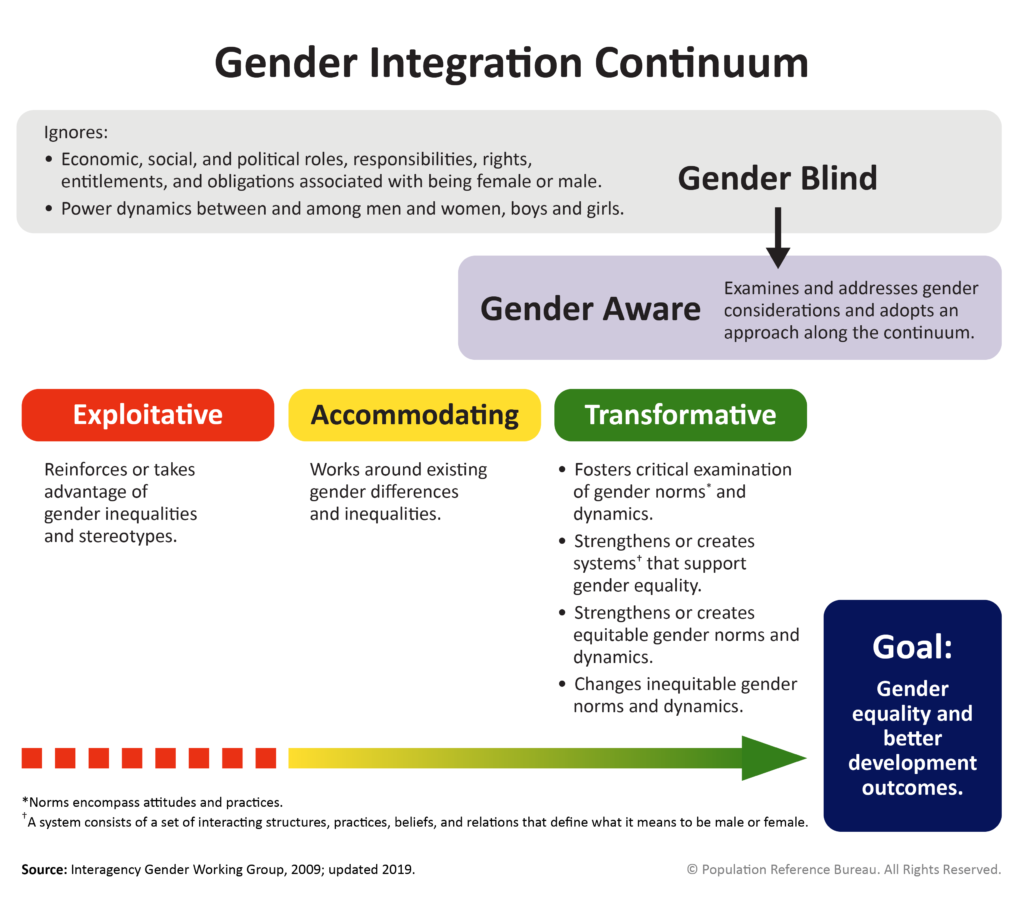Many health workers experience violence in their personal lives or in the workplace. They’re often the first to identify, treat, and refer GBV survivors who seek health care. This blog post highlights the strategies IntraHeatlh International has utilized for the past 40 years to address gender-based discrimination, violence, and barriers to health care.Read More
Gender-based Violence
The Powerful Potential of Bystanders to Prevent Gender-Based Violence: Film Screening and Expert Panel Discussion
Film Screening and Expert Panel Discussion took place Thursday, Oct. 3, 2019 Bystanders have untapped power to disrupt the cultural norms and behaviors that promote and permit gender-based violence (GBV). What does it mean to be a positive bystander, especially in the #MeToo era? The IGWG’s GBV Task Force sought to explore this question at an event dedicated to unpacking and understanding bystander approaches to...Read More
Prevalence and Correlates of Intimate Partner Violence Against Women in Conflict Affected Northern Uganda: a Cross-Sectional Study
This study aims to further understand the prevalence of IPV toward women and its associations in conflict-affected northern Uganda, where IPV prevalence is high. People residing in this region have been displaced, exposed to war and violence, and had livelihoods destroyed—context-specific risk factors that can affect IPV, yet few studies have examined IPV in this setting.Read More
Fighting Sexual and Gender-Based Violence: Rape as an Issue in South Sudan
This policy brief discusses sexual and gender-based violence in the Republic of South Sudan and outlines challenges that need to be addressed within communities and at national government and international levels. It outlines a need for policies that, through national and local processes, can help open up dialogue between policymakers and citizens to ensure SGBV is an issue of national priority.Read More
Ending Trafficking in India, One Story at a Time
In commemoration of the World Day Against Trafficking in Persons, July 30, this video collection shows the harsh realities of trafficking in India, how people are taking action against it, and how women are rebuilding their lives in its aftermath. It is the product of an intensive, five-day workshop that supported a group of courageous women impacted by human trafficking in sharing personal stories from...Read More
Three-Part Video Series: What Is Gender-Based Violence?
This video series explains gender-based violence (GBV) and increases viewer awareness of it: 1) addresses psychological and economic categories of GBV; 2) provides an overview of physical and sexual forms of GBV; 3) provides an introduction to the steps men and women can take to end GBV, support survivors, and challenge harmful behaviors. Videos and transcripts are available in English, French, and Portuguese and include...Read More


